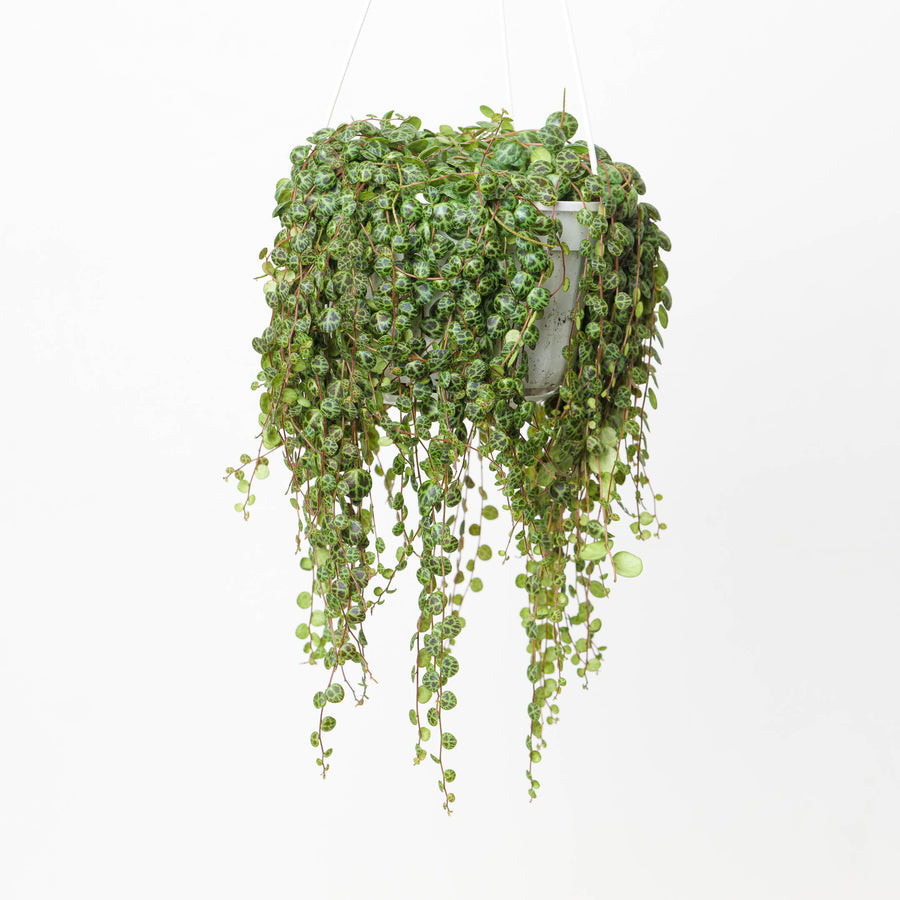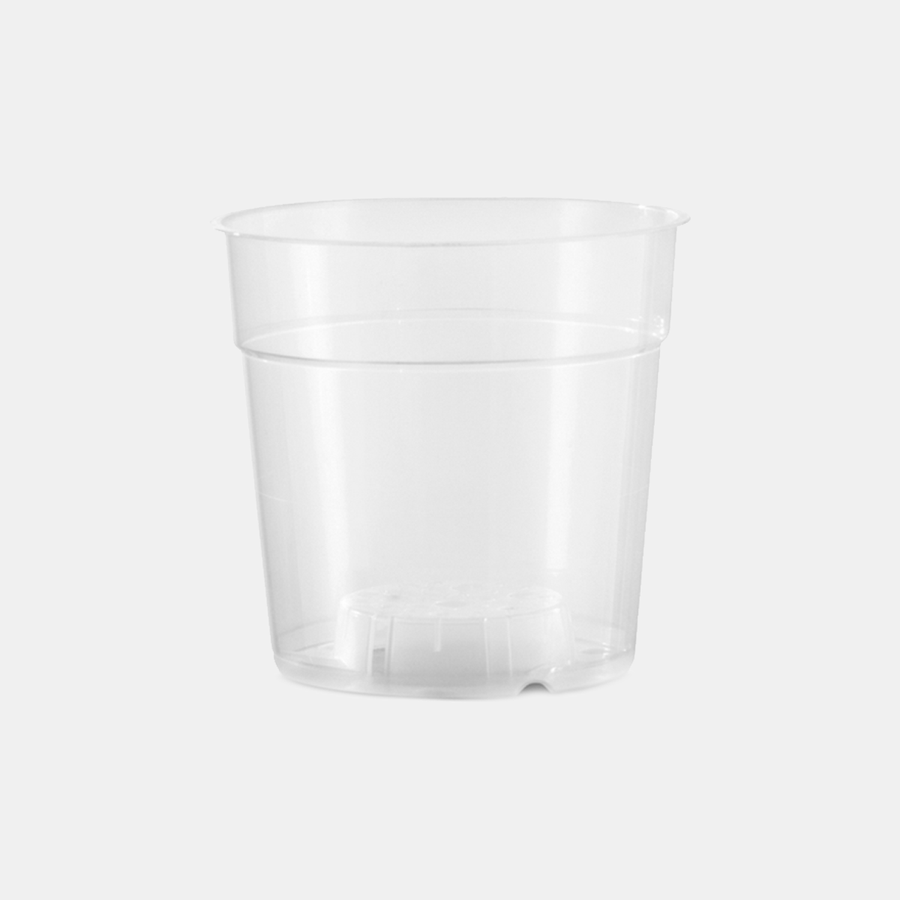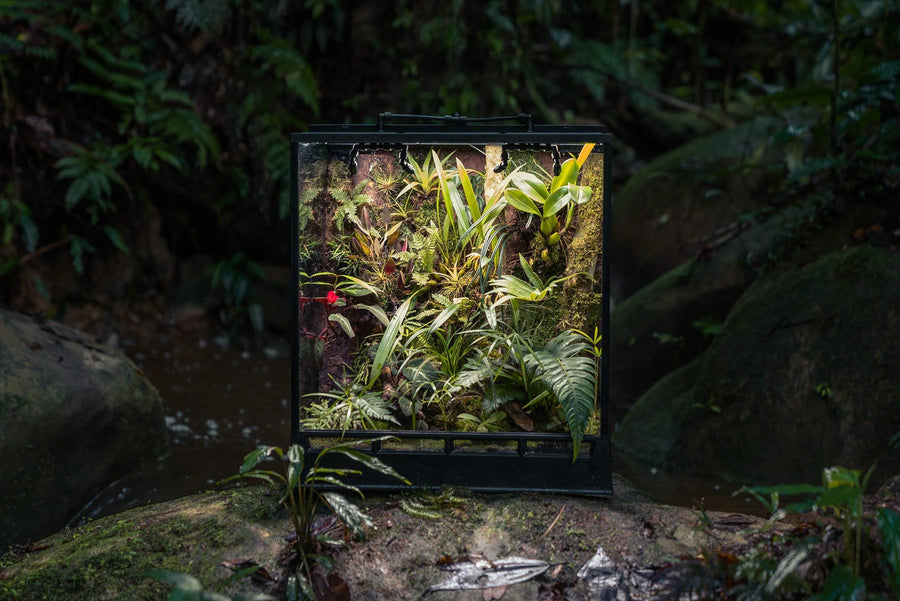Tillandsia | Air Plants
Introduction
Air plants are fascinating epiphytes that derive their nutrients from the air rather than soil. These rootless plants are native to Central and Southern America. They're incredibly versatile and can be displayed in a variety of creative ways, such as mounted on driftwood or hung from the ceiling.
With some of our team members currently on the RHS Tillandsia Plant Trials and Awards committee, air plants have been a real focal point for us this year.
Below is our detailed care guide on keeping these unusual plants happy and healthy.
💡 Did you know?
The leaves of air plants are covered with specialised cells called trichomes. These tiny, hair-like structures are highly efficient at absorbing water and nutrients directly from the air.
trichomes are found in many other plants, not just air plants. These hair-like structures serve various functions depending on the plant species. For example in carnivorous plants like sundews (Drosera spp.) and Venus flytraps (Dionaea muscipula), glandular trichomes secrete sticky substances that trap and digest insects.
How should I water my Air Plants?
To water air plants, submerge them upside down in a sink or basin of water for 2-5 minutes every few weeks. This allows them to absorb moisture effectively. After soaking, it's important to shake off excess water and place them in a well-ventilated area to dry completely to prevent rot.
Unlike many other care guides, we recommend to avoid misting your air plants (either with water or air plant misting products) as this increases their risk of rotting.
💡 Remember, too much direct sunlight can scorch the delicate leaves.
How Often Should I Water My Air Plants?
We would suggest as a baseline to water your air plants once every fortnight. However, this can be adjusted slightly based on environmental factors including:
- Humidity: In high humidity, reduce watering frequency. In low humidity, increase it.
- Air Circulation: Ensure good air circulation to prevent rot. Plants should dry out completely within 4 hours after watering.
- Season: During hotter months, you may need to water more frequently. In cooler months, less often.
Common signs of underwatering include:
- Tightly curled or rolled leaves.
- Dull or pale colouration.
Whilst common signs of overwatering your air plant includes:
- Brown or black spots (indicating rot).
- Soft, mushy leaves.
What Lighting is Best for Air Plants?
Air plants prefer bright, indirect light. They can tolerate some direct sunlight, particularly in the morning or late afternoon, but avoid prolonged exposure to strong midday sun as it can cause scorching.
Air plants are truly one of the easiest plants to care for, making them a delightful addition to any home or office. With their minimal watering needs and versatile display options, they offer a unique and enjoyable experience for plant enthusiasts of all ages.

Trending Air Plants at GrowTropicals
Looking to expand your Tillandsia collection? Check out the latest trending varieties at GrowTropicals.
Need More Help with Your Air Plants?
Caring for Air Plants can be a rewarding experience as these plants add beauty and elegance to any houseplant collection.
If you have any specific questions or need further assistance with your Air Plants, feel free to reach out to us via email at hello@growtropicals.com. Our plant experts are always here to help.








